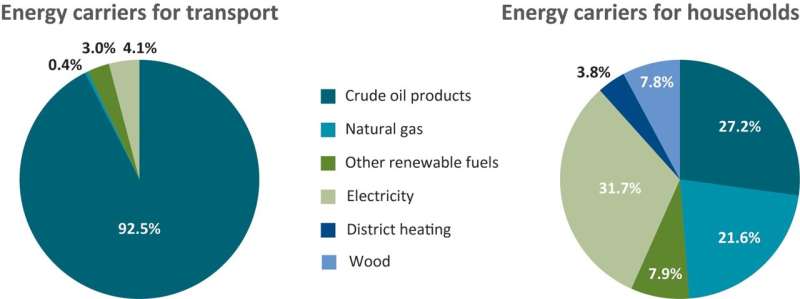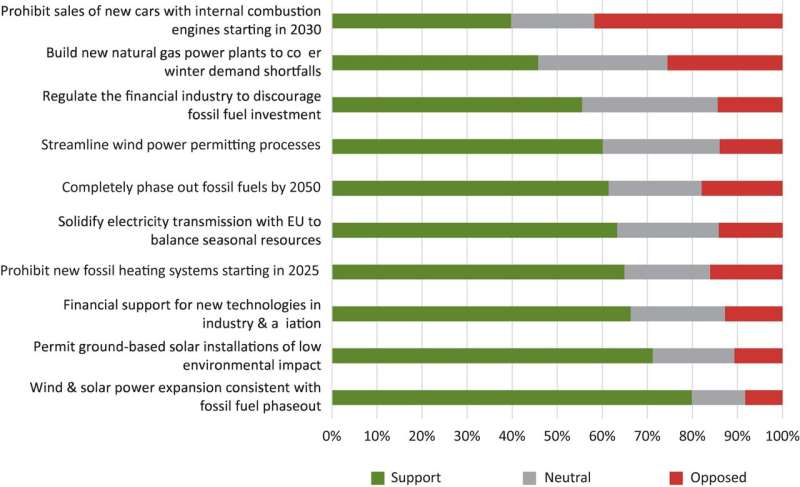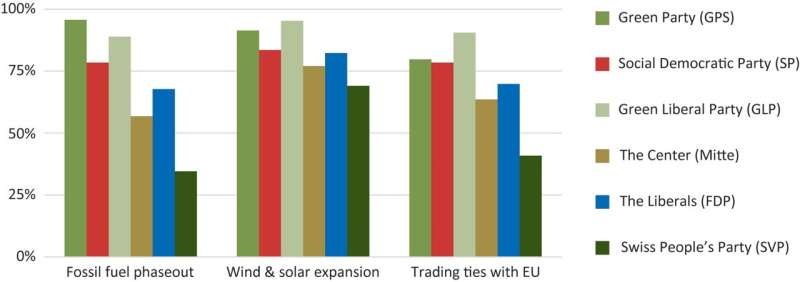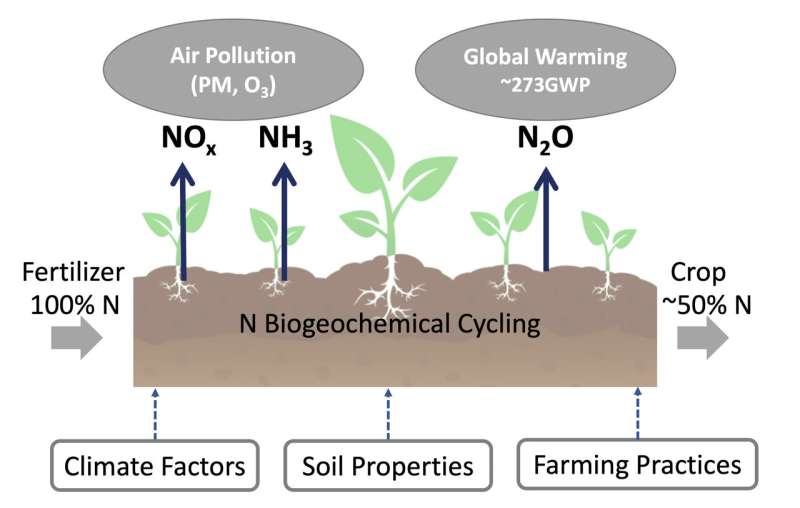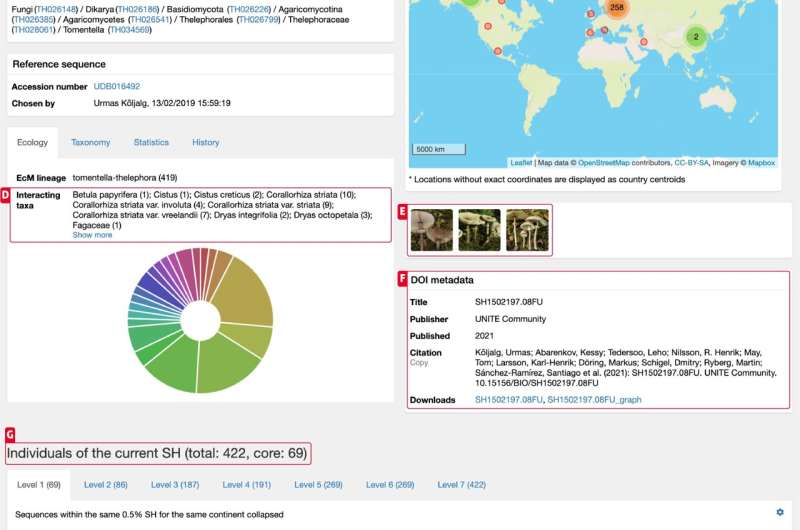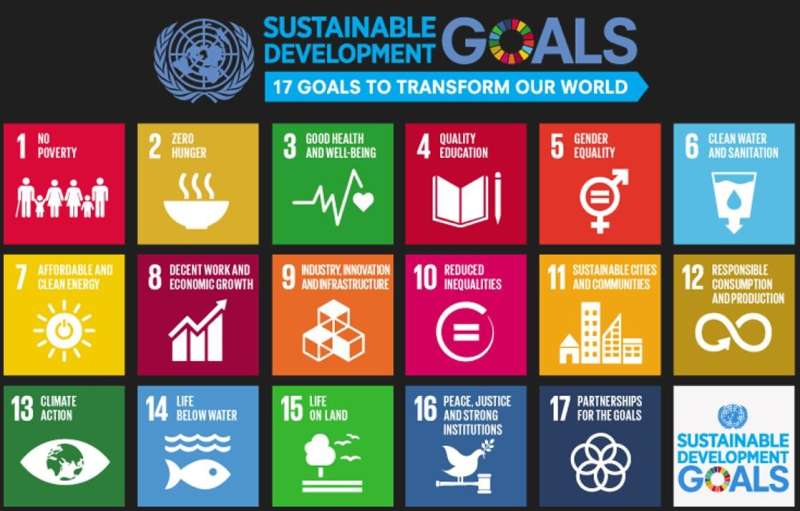India's rejection of global environment report 'perilous'

The principal investigator of a key environmental report that ranked India as the least environmentally sustainable country in the world has criticized the country's dismissal of the findings.
Reacting to India's rejection of the Environmental Performance Index (EPI) 2022, Martin Wolf said that "flatly rejecting data that underscores the severity of environmental issues is unproductive and perilous." He urged policymakers instead to use the findings to put the country back on track to a more sustainable future.
The EPI 2022 report, produced by Yale and Columbia universities and released on the World Environment Day (5 June), assessed and ranked 180 countries on 40 performance indicators covering climate change, environmental public health and ecosystem vitality.
India ranked last in the report and was categorized as the least environmentally sustainable country. Its close neighbors—Bangladesh, Bhutan, Nepal and Pakistan—have all scored better than India.
The indicators provide a gauge at a national scale of how close countries are to established environmental policy targets. A brief about the report on Yale University's website offers a scorecard that highlights "leaders and laggards" in environmental performance and provides practical guidance for countries that aspire to move toward a sustainable future.
According to the EPI report summary, high-scoring countries exhibit longstanding and continuing investments in policies that protect environmental health, preserve biodiversity and habitat, conserve natural resources, and decouple greenhouse gas emissions from economic growth.
Denmark tops the 2022 rankings—an achievement rooted in strong performance across nearly all issues tracked by the EPI, with notable leadership in efforts to promote a clean energy future and sustainable agriculture. The U.K. and Finland, placed second and third in the rankings, have earned high scores for slashing greenhouse gas emissions.
The U.S. is ranked 20th among 22 wealthy democracies and 43rd overall. This relatively low ranking reflects the rollback of environmental protections during the Trump Administration, the report summary explains, adding that U.S. withdrawal from the Paris Climate Agreement and weakened methane emissions rules, in particular, meant the U.S. lost precious time to mitigate climate change.
India rejects the report
Miffed by the findings in the report, India's Ministry of Environment, Forest and Climate Change issued a strong rebuttal, asserting that some of the indicators used for assessing performance were "extrapolated and based on surmises and unscientific methods."
India insists on its own assessment, the Projected GhG Emissions levels in 2050. "This is computed based on average rate of change in emission of the last 10 years instead of modeling that takes into account a longer time period, extent of renewable energy capacity and use, additional carbon sinks, energy efficiency etc. of respective countries," the ministry's rebuttal stated.
The ministry argues that the country's forests and wetlands, which are crucial carbon sinks, were not factored in when calculating the projected greenhouse gas emissions trajectory up to 2050. It says the principle of equity, or per capita emissions, has also been given very low weight insisting that its contribution to global emissions is far less than the U.S. or EU.
Commenting on the EPI report, Sharachchandra Lele, distinguished fellow at the Bangalore-based AshokaTrust for Research in Ecology and the Environment, said that while the EPI report looks like "a flawed exercise," India's environmental performance has been "very poor in the past decade or so because the government is not serious about environmental issues."
Lele said that the environmental condition of a country is multi-dimensional and context-specific. "Trying to rank countries on the basis of a common aggregate performance index is a tricky exercise at the best of times, involving many value judgements as to which dimensions to include and how to weight them," he told SciDev.Net.
"The EPI's biased approach on climate mitigation has provided the government an excuse to reject the index altogether, even when it shows the poor performance on other fronts."
'We are concerned'
Wolf told SciDev.Net that the EPI team upholds the idea that data-driven environmental metrics can improve policymaking—but only if leaders embrace scientific insights and act on what the data is telling them.
"We are concerned that the Indian government has rejected the scientific basis underlying the 2022 EPI's analyses. The EPI provides a chance for all countries to reflect on their environmental performance, identify their most critical sustainability challenges, and work to revise and enhance their policies," Wolf said.
"We hope the Modi administration views the EPI as a tool to illustrate how empirically-grounded findings can improve India's environmental conditions on multiple fronts, including air quality, climate change and biodiversity."
He said the report highlighted how Indian policies remained "largely at odds with the principles of sustainable development," adding: "Air quality continues to worsen, greenhouse gas emissions are accelerating, and poor water quality kills hundreds of thousands of Indian residents each year.Air quality is leading environmental threat to public health, EPI report shows
